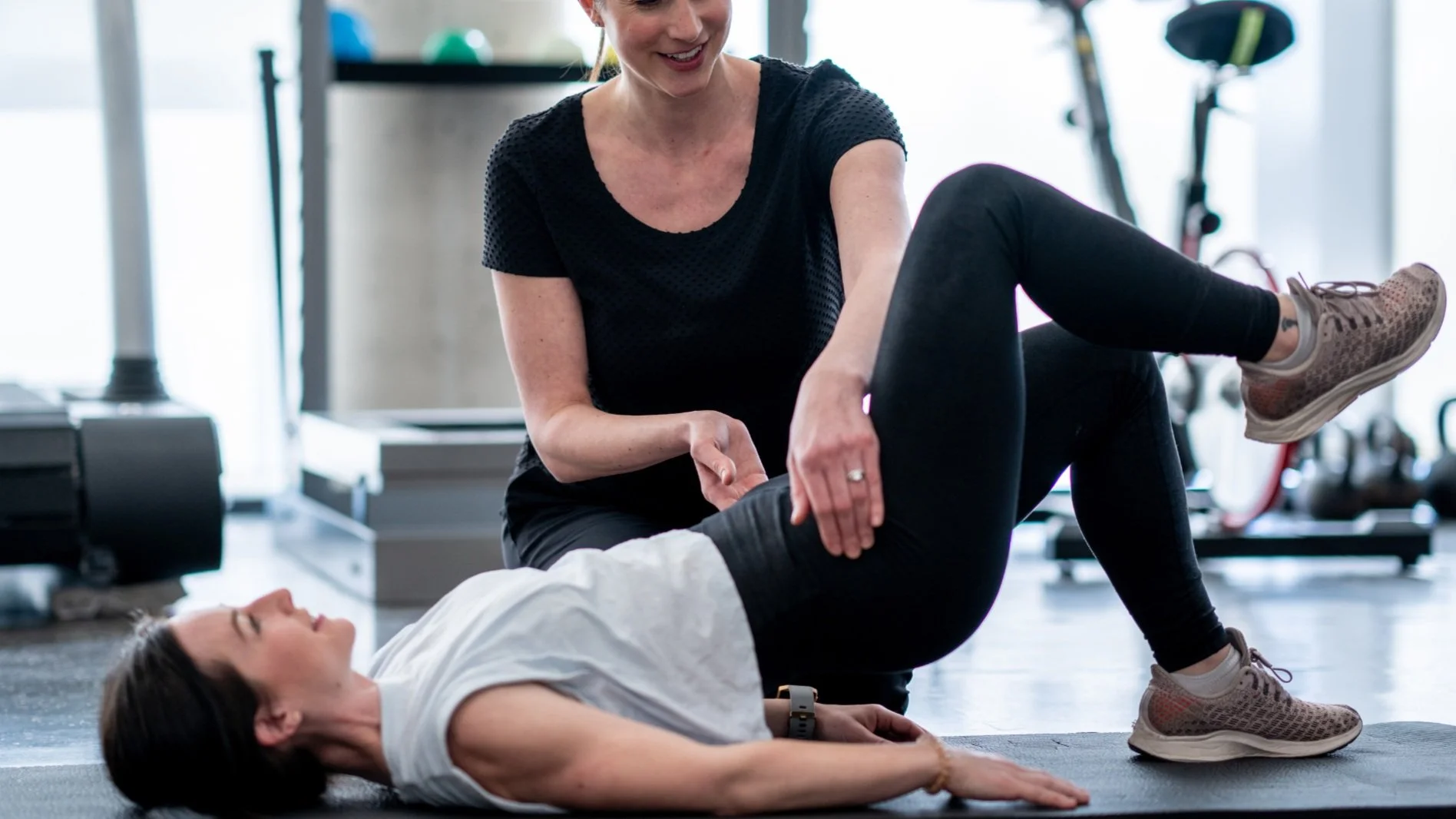The Science Behind Physical Therapy for Endurance Athletes
Endurance athletes in Stowe, Vermont push their bodies to the limit. Whether it's long-distance running, cycling through mountain roads, or cross-country skiing, these sports demand more than just mental grit. They require sustained physical performance over time—often under strain. What many endurance athletes overlook, however, is how essential physical therapy is to both performance and injury prevention. The science behind physical therapy offers real, measurable benefits that go far beyond recovery alone. For local athletes looking to stay strong, agile, and pain-free, working with a skilled physical therapist can be a game-changer.
READ: Why Every Trail Athlete in Vermont Should Get a Movement Assessment
The Physiological Stress of Endurance Sports
Unlike high-intensity or short-duration sports, endurance athletics places consistent, repetitive load on the body’s musculoskeletal and cardiovascular systems. Over time, this stress can lead to muscle fatigue, joint inflammation, and tissue breakdown. Areas such as the knees, hips, lower back, and ankles are particularly vulnerable due to the volume and repetition involved in endurance training. Without a focused recovery strategy and biomechanical awareness, many athletes develop chronic overuse injuries. This is where physical therapy becomes not just helpful, but essential for long-term health and performance.
Why Physical Therapy Works: The Science in Action
At its core, physical therapy applies principles of biomechanics, neuromuscular science, and tissue healing to restore and optimize movement. For endurance athletes, this means targeting the exact factors that limit performance or cause pain. At Summit Physical Therapy and Performance, treatments are grounded in evidence-based practice. Manual therapy techniques help reduce soft tissue restriction and improve circulation to fatigued areas. Therapeutic exercises build strength and motor control, particularly in stabilizing muscle groups that protect the joints during long-duration activities. Neuromuscular re-education helps correct faulty movement patterns, reducing strain with each mile or hour of activity. These approaches don’t just alleviate discomfort—they improve movement efficiency and lower injury risk.
Common Conditions Treated in Endurance Athletes
Many athletes in the Stowe community visit Summit with conditions that develop over time. Iliotibial (IT) band syndrome is common among runners and cyclists, causing lateral knee pain that can worsen with distance. Achilles tendinopathy, shin splints, and plantar fasciitis are also frequent concerns, especially among trail runners. Lower back pain is another issue, often related to core weakness or poor posture during endurance efforts. These conditions don’t resolve with rest alone. Physical therapy addresses the root cause—whether it’s muscle imbalance, poor mechanics, or joint stiffness—and builds a plan for long-term resolution and prevention.
Performance Benefits Beyond Pain Relief
While injury prevention is a primary goal, physical therapy also helps endurance athletes improve performance. A more mobile joint moves through its range more efficiently. A stronger stabilizer muscle supports better power transfer and less energy leakage during movement. At Summit, our therapists work closely with athletes to assess stride mechanics, posture, and muscle firing patterns that can impact stamina and speed. Small improvements in form often lead to significant gains in endurance capacity and race-day outcomes. With consistent treatment and targeted exercise, physical therapy becomes a key part of any serious training plan.
READ: 5 Ways Vermont Runners Can Prevent Injury with Physical Therapy
Summit’s Approach to Endurance Athlete Care
Summit Physical Therapy and Performance takes a comprehensive, one-on-one approach to endurance care. Our team in Stowe understands the specific demands of local athletes who train year-round in Vermont’s rugged conditions. From initial evaluation through progressive strengthening, we create custom plans tailored to your sport, season, and goals. Whether you're building mileage, recovering from a race, or managing a nagging issue, we focus on restoring optimal movement without compromising your training momentum.
Take the Next Step in Your Endurance Journey
If you're an endurance athlete in Stowe looking to move better, train smarter, and stay injury-free, physical therapy can help you stay on track. Summit Physical Therapy and Performance offers personalized, science-backed care to support your goals and your longevity in sport. Schedule your assessment today and let’s get you back to peak performance. Reach out through our contact page: https://www.summitptvt.com/contact-us

